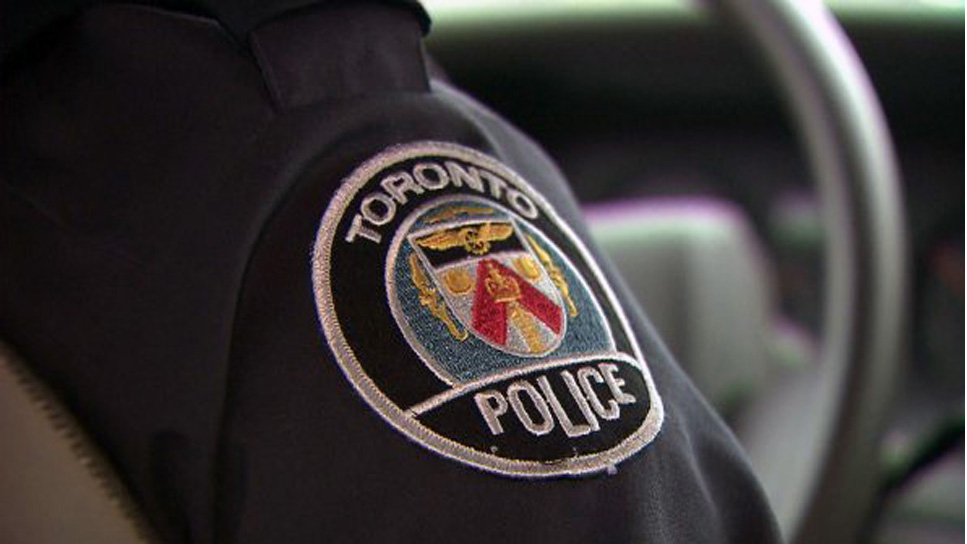City of Toronto’s tips for avoiding frozen water pipes
Posted February 28, 2014 3:32 pm.
This article is more than 5 years old.
City crews are scrambling to keep up with watermain breaks this winter.
The city has repaired about half as many watermains in the first two months of 2014 as they did in the entire year of 2013.
From Jan. 1 to now crews have repaired 772 watermains. In all of 2013 there were about 1,500 repaired.
Water pipes are below the frost line, just over a metre below the surface. The unusually cold weather is freezing the ground below the frost line causing watermains to break more often and the underground pipes that bring water to your home to freeze.
The city has hired contractors to help Toronto water staff thaw frozen underground water pipes and is working on buying more thawing equipment.
The City of Toronto issued the following tips for avoiding frozen pipes in your home:
- While the temperature is well below freezing, consider leaving a tap open enough for a trickle of water to flow so there is some movement in the water pipes that might be vulnerable to freezing.
- If your water pipes are attached to an uninsulated outside wall, remove the clamp from the pipes and gently pull the pipes away from the wall and wrap them with insulation.
- Insulate all exposed outside water pipes with foam pipe covers that are available from building supply or home improvement stores.
- Keep garage doors closed if there are water supply lines in the garage.
- Open kitchen, bathroom and laundry cabinet doors to allow warmer air to circulate around the plumbing.
- If you are leaving your home for an extended period of time, you can shut off the main service valve in your basement and open all taps to drain the water out of your plumbing lines to prevent them from freezing.
- Commercial water customers need to prepare for cold nights as well. Protect fire lines by wrapping all lines that are exposed to cold.
Precautions/steps when thawing water pipes in your home
- Do not use a torch with an open flame to thaw pipes, as this is a fire hazard.
- Ensure you know the location of your master water shut-off valve. The frozen pipe may be broken and when the water in it thaws it will leak. If the pipe is broken, you will need to shut off the water in your house until the pipe is repaired.
Steps to thaw a frozen pipe
- Turn on a tap in the basement, preferably the cold water faucet in the laundry room.
- Use a blow dryer to warm the suspected frozen pipe for one or two hours. Check the blow dryer regularly to ensure it does not overheat.
- Place a warm towel or rag around the suspected frozen pipe.
- Depending on the outside temperature and the extent of freezing within the pipe, the thawing process could take from one to six hours.










